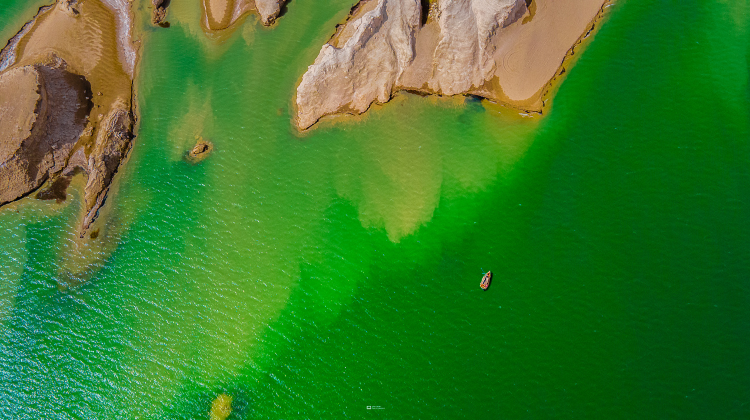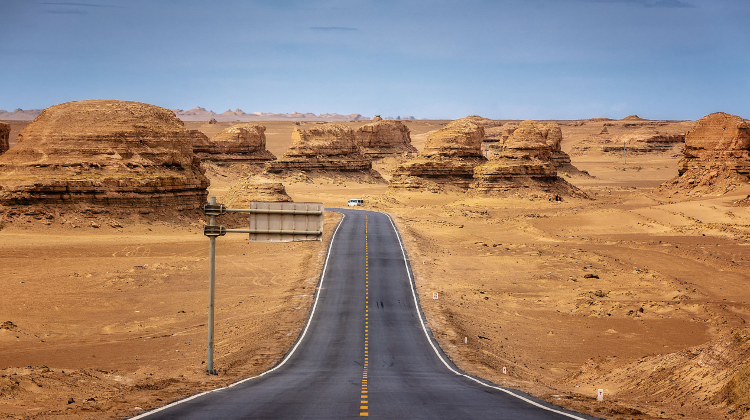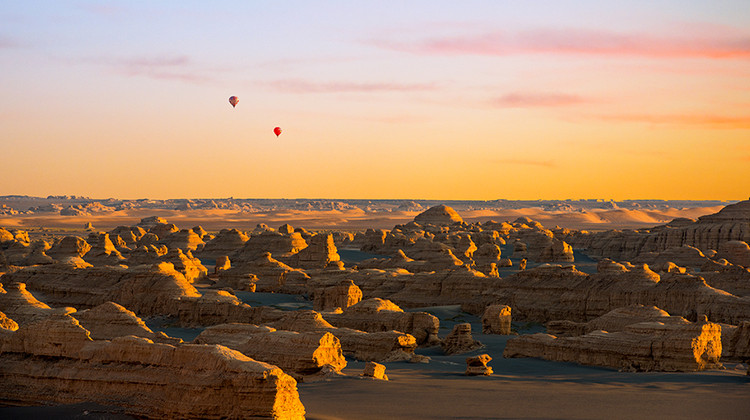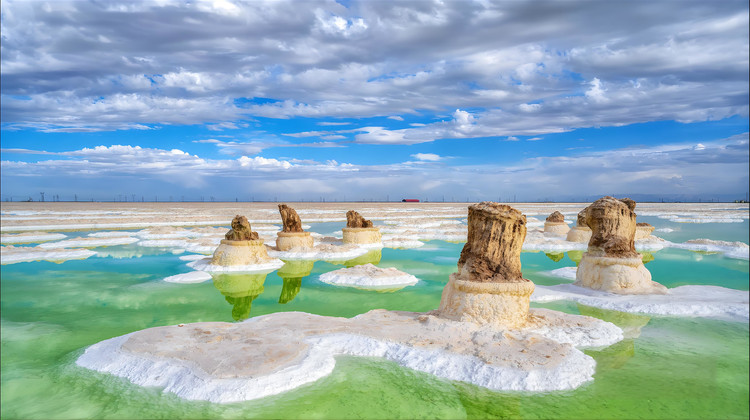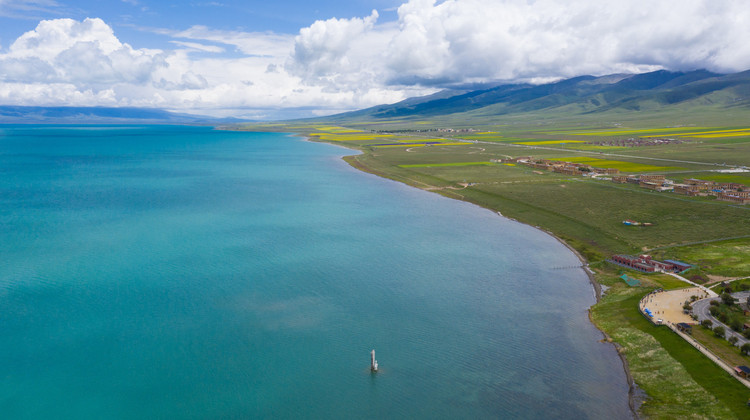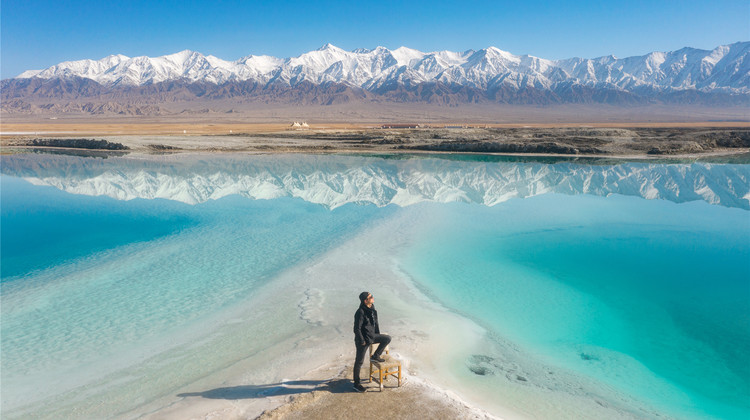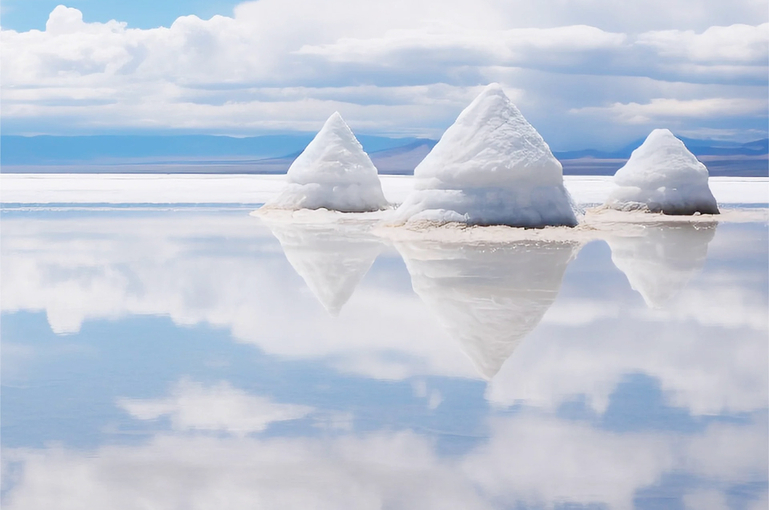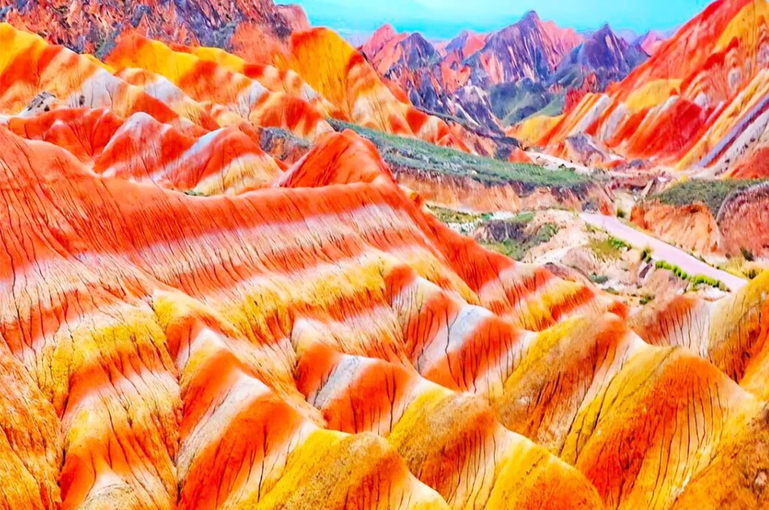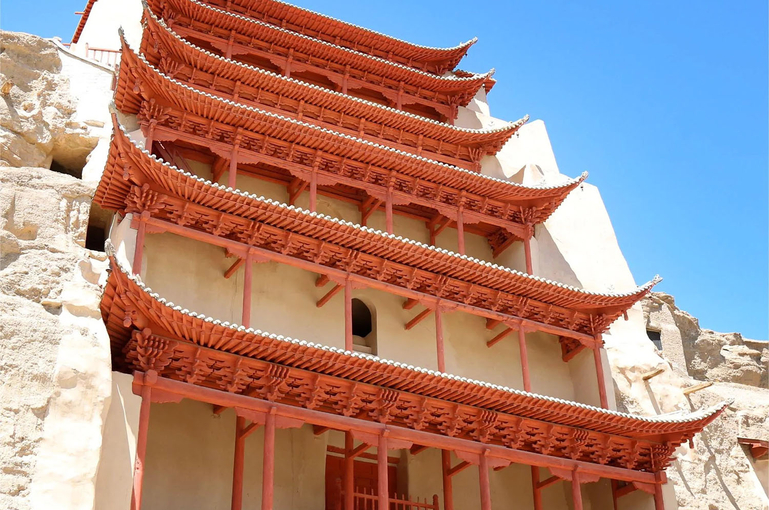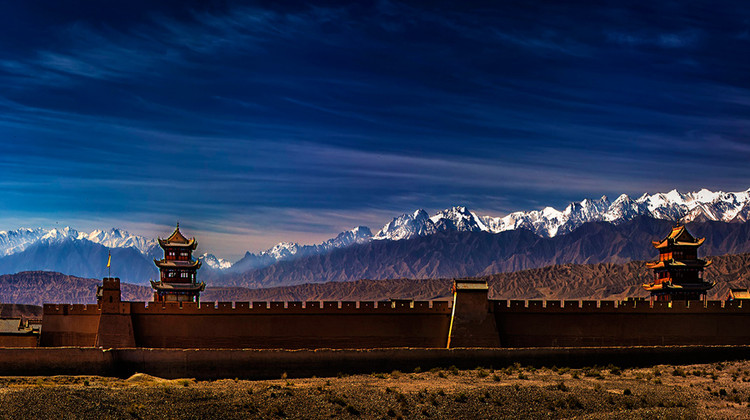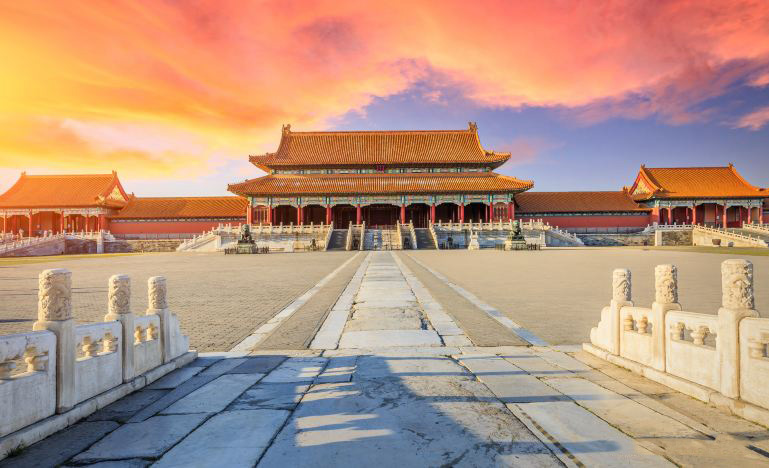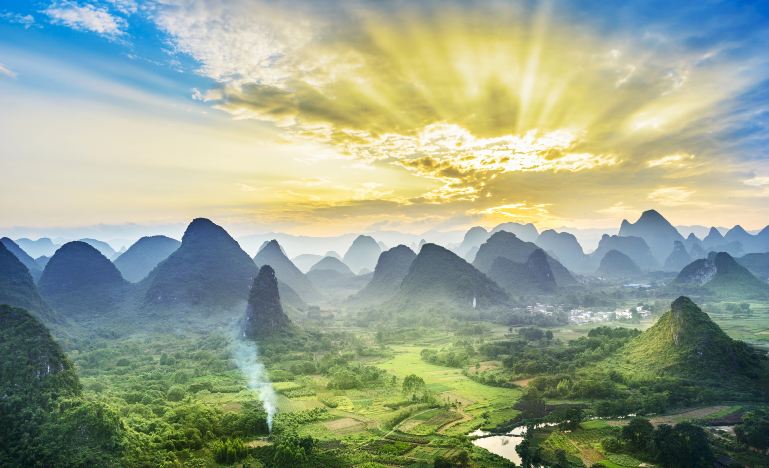Qinghai Lake + Chaka Salt Lake + Cha'erhan Salt Lake + Usutu Shui Shang Yar Dan Geopark + 315 Most Beautiful Highway + Dunhuang Mogao Caves + Zhangye 8-Day 7-Night Small Group Trip
★ 【Scenic Highlights】✔【Featured Itinerary · Popular INS Check-in】🌟Passing by Riyue Mountain🏝 Qinghai Lake🚣 Chaka Salt Lake🐘 Dachaidan Jade Lake🎉 Cha’erhan Salt Lake🎖 Beautiful Highway🛍 Water Danxia✈💰 Black Solitary Mountain💰 Mogao Caves🏰 Mingsha Mountain and Crescent Spring🕉 Passing by Jiayuguan Great Wall Ruins🎈 Zhangye Danxia Landform Geological Park🎨 Qilian Mountain Grassland!!!
Note:
- High-altitude areas, users with weak cardiopulmonary function should proceed with caution.
- Ultraviolet rays are very strong, pay attention to sun protection.
Itinerary
Free Activities
Recommendations:
Xining Dongguan Grand Mosque
Qinghai Provincial Museum
Xining Wildlife Zoo
Please note that tickets for the Qinghai Provincial Museum need to be pre-booked in advance.
Chaka Salt Lake (Chinese: 茶卡盐湖; pinyin: Chákǎ Yánhú; Standard Tibetan: ཚྭ་ཁ་མཚོ་) is a salt lake in Ulan County, Haixi Prefecture, Qinghai, China.The oval-shaped lake is located near the eastern end of Qaidam Basin, 298 kilometres (185 mi) to the west of the provincial capital Xining. The name “Chaka” (ཚྭ་ཁ) means “salt lake” in Tibetan.
Chaka Lake is a major tourist destination and a key salt mine in Qinghai. In 2018, it received more than 3 million visitors.[3][5] The lake is famous for its crystal-blue water and reflective lake bed, and is popularly known as “Mirror of the Sky”
The Qarhan Playa or Salt Plain, also misleadingly described as Qarhan Lake, is a playa in the Golmud and Dulan counties of Haixi Prefecture, Qinghai, China. Formerly a single unitary lake, it is now an expansive salt flat divided into four greater sections (Dabusun, Big/Small Bieletan, Suli, and N./S. Huoluxun) which contain a number of smaller salt lakes, the largest of which is Dabusun Lake. The area is heavily exploited for its valuable salt, mineral, and rare earth reserves but parts are also protected as a national park and contribute to regional tourism.
Dunhuang Yardang National Geopark (Chinese: 敦煌雅丹国家地质公园), officially Dunhuang UNESCO National Geopark (China), is a UNESCO national geopark in Dunhuang, Gansu Province, China, that shows the Yardang geological feature of the area. Fully certified, the park must also be a member of the regional network, in this case the Asia Pacific Geoparks Network and the Global Geopark Network. Yardangs, the chief feature of geologic interest, were created over time by the soft part of the earth’s surface being eroded by wind and rain, with the hard part of the rocks remaining in the desert.
The geopark is located about 180 kilometers northwest of Dunhuang’s town center and covers an area of 398 square kilometers. Some of the uniquely shaped rocks in the geopark are named “Mongolian Bao”, “Camel”, “Stone Bird”, “Peacock”, “The Golden Lion Welcoming His Guests” (Chinese: 金狮迎客), etc.[citation needed]
The unique rock formations in the park developed over a period of 700,000 years. The Yardang geomorphic formations found in the Dunhuang Yadan National Geopark are the largest in China.[1]
One of the most remarkable sites in the Dunhuang Yadan National Geopark is the Yardang Ghost Town. Located within the Ghost Town is the Aisikexiaer Castle. The word ‘Aisikexiaer’ means ‘old city’ in the Uyghur language.
Lenghu Town is a town under the jurisdiction of Mangya City, Haixi Mongol and Tibetan Autonomous Prefecture, Qinghai Province, People’s Republic of China [1]. It is named after Hutongnuo Lake (Uyghur: extremely cold lake) within its territory and is one of China’s important mining areas. Originally, it was the only town of the Lenghu Administrative Committee, and on February 22, 2018, it was incorporated into the newly established Mangya City [2].
Lenghu is located at the junction of Qinghai, Xinjiang, and Gansu, on the northwest edge of the Qaidam Basin. The area is adjacent to the Dachaidan Administrative Committee in the east, Huatugou Town in Mangya City in the west, Aksai Kazakh Autonomous County in Gansu Province in the north, and Ruoqiang County in Bayingolin Mongol Autonomous Prefecture, Xinjiang, in the northwest. The town is at an altitude of 2700 meters [3], with a total area of 18,000 square kilometers and a population of 24,000 (as of 2007).
It was originally a no man’s land, but construction began after the discovery of oil in 1954. In 1959, the Qinghai Petroleum Administration was relocated to Lenghu, and Lenghu City was established in the same year. It was downgraded to a town in 1964 and upgraded to an administrative committee in 1992. Lenghu has a harsh climate, with perennial cold, wind, little rain, and drought, and has developed a large number of Yardang landforms. The economy is supported by the mining industry, especially oil extraction, and also includes minerals such as mirabilite, salt, potassium chloride, and lithium chloride.
The Mogao Caves, also known as the Thousand Buddha Grottoes or Caves of the Thousand Buddhas, form a system of 500 temples 25 km (16 mi) southeast of the center of Dunhuang, an oasis located at a religious and cultural crossroads on the Silk Road, in Gansu province, China. The caves may also be known as the Dunhuang Caves; however, this term is also used as a collective term to include other Buddhist cave sites in and around the Dunhuang area, such as the Western Thousand Buddha Caves, Eastern Thousand Buddha Caves, Yulin Caves, and Five Temple Caves. The caves contain some of the finest examples of Buddhist art spanning a period of 2,000 years.
The first caves were dug out in 366 CE as places of Buddhist meditation and worship; later the caves became a place of pilgrimage, and caves continued to be built at the site until the 14th century. The Mogao Caves are the best known of the Chinese Buddhist grottoes and, along with Longmen Grottoes and Yungang Grottoes, are one of the three famous ancient Buddhist sculptural sites of China.
An important cache of documents was discovered in 1900 in the so-called “Library Cave”, which had been walled-up in the 11th century. The contents of the library were subsequently dispersed around the world, and the largest collections are now found in Beijing, London, Paris and Berlin, and the International Dunhuang Project exists to coordinate and collect scholarly work on the Dunhuang manuscripts and other material. The caves themselves are now a popular tourist destination, but the number of visitors has been capped to help with the preservation of the caves.
Jiayu Pass or Jiayuguan(simplified Chinese: 嘉峪关; traditional Chinese: 嘉峪關; pinyin: Jiāyù Guān) is the first frontier fortress at the west end of the Ming dynasty Great Wall, near the city of Jiayuguan in Gansu province. Along with Juyong Pass and Shanhai Pass, it is one of the main passes of the Great Wall. In the Ming period, foreign merchants and envoys from the Central Asia and West Asia mostly entered China through Jiayu Pass
Gang Ziska Snowy Peak also known as Gangshika Peak (simplified Chinese: 岗什卡雪峰; traditional Chinese: 崗什卡雪峰; pinyin: Gǎngshíkǎ Xuěfēng), is a 5,254 m (17,238 ft) high mountain peak in the eastern Qilian Mountains of northeastern Qinghai province. The mountain is located within Menyuan Hui Autonomous County of Haibei Prefecture, and is not far from the Gansu border. Ganshika is the highest peak in the Lenglong Ling (subrange) of the Qilian Mountains. Its southern slopes are drained by the Datong River and tributaries, while its northern slopes are drained by the Dongda He, an endorheic river terminating in Gansu near Jinchang.
The mountain possesses a popular climbing route via its glaciers, although Menyuan County is closed to foreigners without a permit. The nearest town is Qingshiju [zh] (青石咀镇), alternately Qingshizui (青石嘴), in Menyuan County.
FAQs
A: Dunhuang Yardang National Geopark shows Yardang geological features. Some uniquely shaped rocks are named “Mongolian Bao”, “Camel”, “Stone Bird”, “Peacock”, “The Golden Lion Welcoming His Guests”, etc. There is also the Yardang Ghost Town and Aisikexiaer Castle.
A:For 144hour-free-visa, you can refer this post 144-hour-Visa-Free Transit policies for Foreign Nationals – A Complete Guide in 2024 – ChinaTravelTips (china-travel-tips.com)







